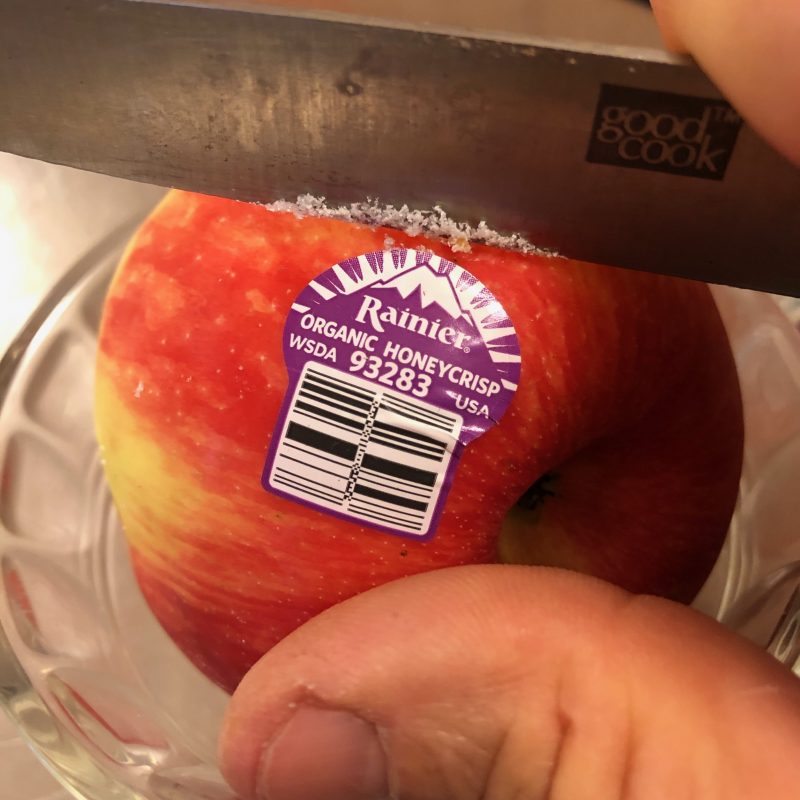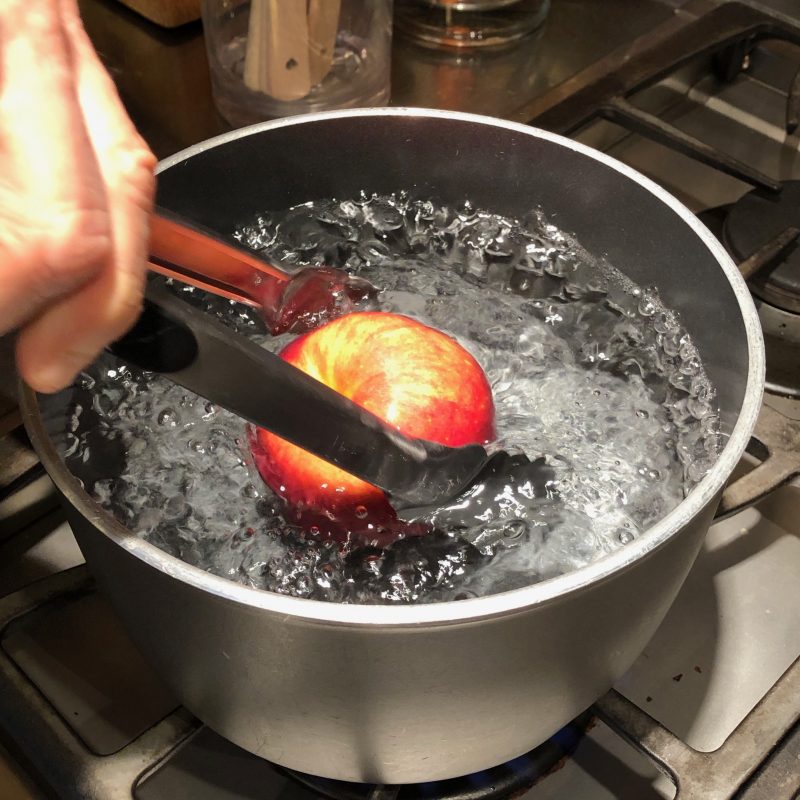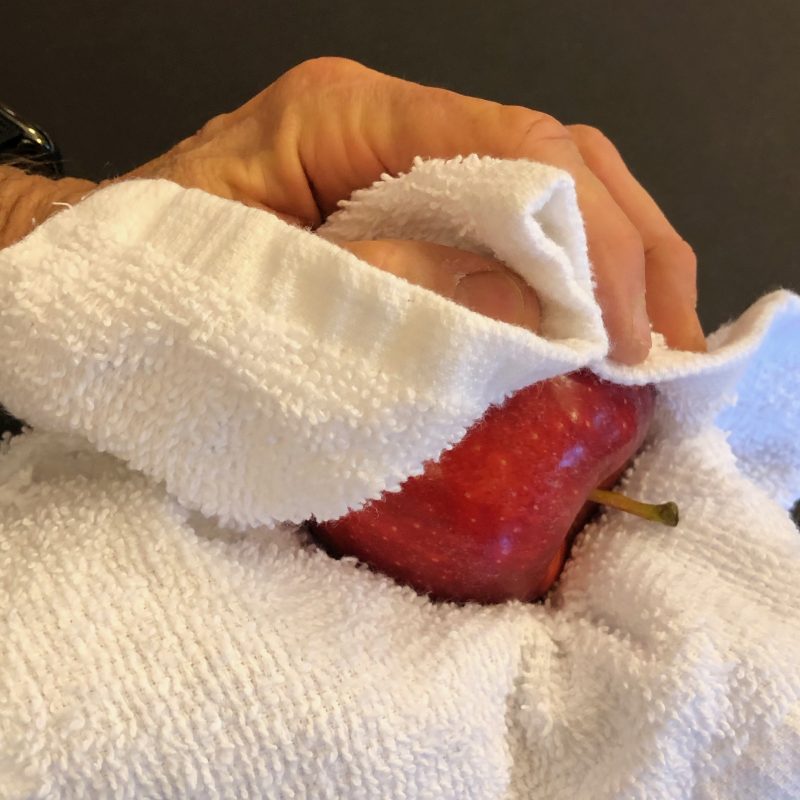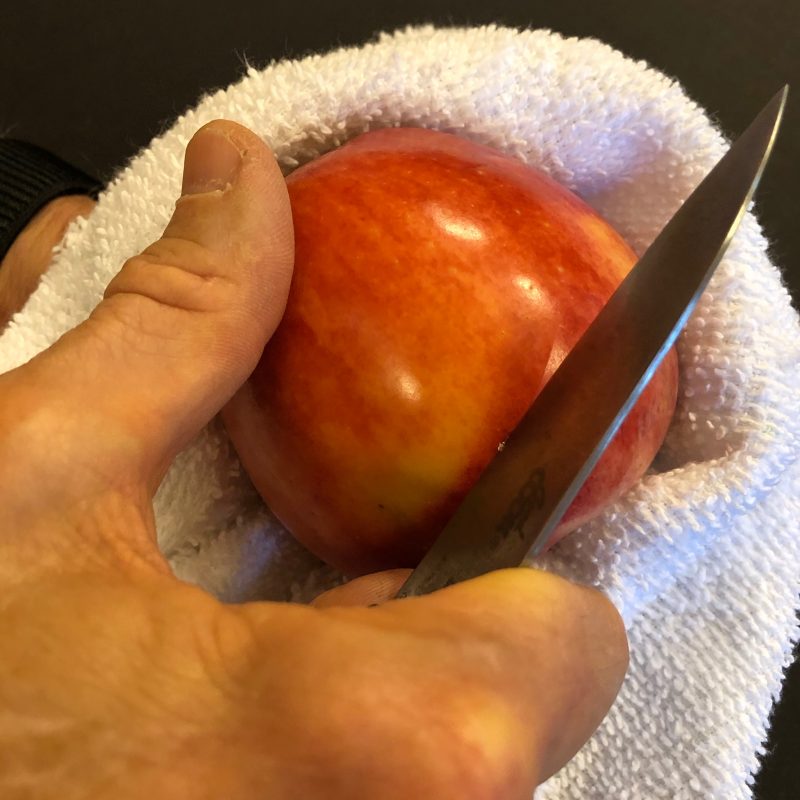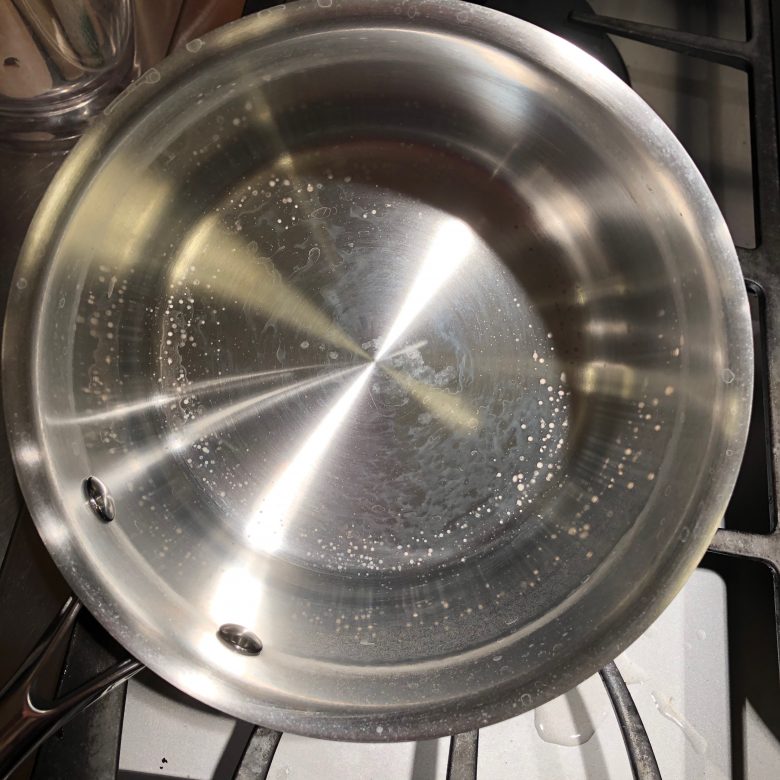There is no standard for the wax coatings used to preserve apples and other fruits and vegetables. Some studies indicate that the coatings are no longer simply carnuba-based, but are undisclosed compounds containing plastic polymers that may trap residues of pesticides and other chemicals.
This ad-free article is made possible by the financial support of the
Center for Research on Environmental Chemicals in Humans: a 501(c)(3) non-profit.
Please consider making a tax-deductible donation for continued biomedical research.
Given that these represent an unknown confounding factor, investigators decided to remove as much as possible. Further study is indicated.
Hyun Jin Park, … Ho Jae Bae, in Innovations in Food Packaging (Second Edition), 2014
“The Chinese applied wax coatings to oranges and lemons in the 12th and 13th centuries (Hardenburg, 1967). Although they did not realize that the full function of edible coatings was to slow down respiratory gas exchange, they found that wax-coated fruits could be stored longer than non-waxed fruits. In the 1930s, hot-melt paraffin waxes became commercially available as edible coatings for fresh fruits such as apples and pears. Erbil and Muftugil (1986)”
From Processes and Applications for Edible Coating and Film Materials from Agropolymers
Even organic apples have a coating of wax
Immerse a well-refrigerated apple in boiling water for 15 seconds
Wipe the apple vigorously with a clean 100% cotton kitchen towel for 30 seconds. Put back in refrigerator to chill.
